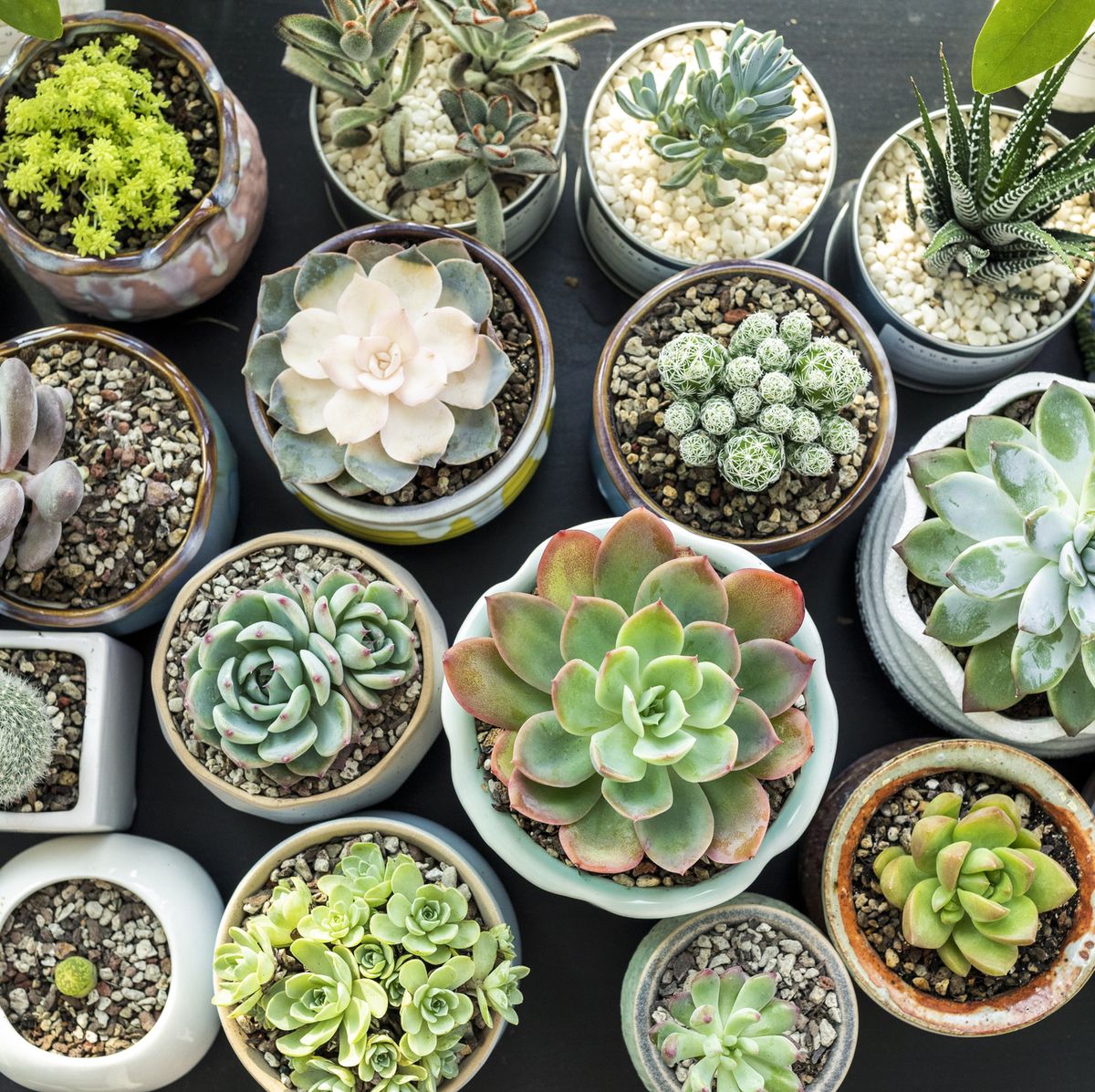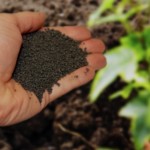Succulents, with their captivating beauty and remarkable resilience, have become a favorite among plant enthusiasts and beginners alike. These low-maintenance plants are known for their ability to store water in their leaves, stems, and roots, allowing them to survive in arid environments. To ensure your succulents thrive and flourish, proper watering is essential. In this comprehensive guide, we will delve into the intricacies of watering succulents to help you achieve vibrant and healthy plants.
Understanding the Watering Needs of Succulents
Succulents have adapted to survive in regions with infrequent rainfall, making them well-suited for environments with minimal water availability. Overwatering is a common mistake that can lead to root rot and other health issues. To properly care for your succulents, it’s crucial to understand their unique watering requirements.
1. Choose the Right Soil
The foundation of successful succulent care begins with the right soil. Well-draining soil is essential to prevent water from pooling around the roots. A mixture of potting soil and coarse sand or perlite works well to ensure proper drainage.
2. The Importance of Proper Drainage
Whether you’re planting succulents in pots or in the ground, adequate drainage is paramount. Ensure that containers have drainage holes to allow excess water to escape. If planting in the garden, amend the soil with sand or gravel to enhance drainage.
3. Watering Frequency
Succulents thrive on a “soak and dry” watering approach. Allow the soil to dry out completely between waterings. Stick your finger about an inch into the soil; if it feels dry, it’s time to water. Typically, this means watering every 1 to 2 weeks, depending on factors like humidity and sunlight.
4. Watering Techniques
When it’s time to water your succulents, do so thoroughly. Water the soil directly, avoiding the leaves to prevent rot. Ensure water reaches the root zone by watering until it begins to escape the drainage holes.
5. Seasonal Adjustments
During the growing season, which typically spans from spring to early fall, succulents are more actively growing and require more frequent watering. As winter approaches, their growth slows, and watering should be reduced to prevent overhydration.
6. Observing Your Plants
Closely monitor your succulents for signs of dehydration or overwatering. Wrinkled, shriveled leaves indicate the need for more water, while yellowing or translucent leaves may signify overwatering.
7. Humidity Considerations
High humidity levels can impact how often you need to water your succulents. In humid climates, reduce the frequency of watering to prevent moisture buildup and potential fungal issues.
8. Water Source
The quality of water you use is crucial. Use room temperature, filtered water to avoid shocking the plants. Rainwater is an excellent option, as it is naturally soft and free from chemicals.
9. Avoiding Common Watering Mistakes
Over time, you’ll become attuned to your succulents’ watering needs. Avoid these common mistakes to ensure their well-being:
- Underwatering: While succulents are hardy, neglecting them for extended periods can lead to dehydration and poor growth.
- Overwatering: Excessive moisture can lead to root rot and other fungal issues. Always err on the side of underwatering rather than overwatering.
- Watering from Above: Watering from above can lead to water pooling in the rosettes, causing rot. Water at the soil level instead.
10. Propagation and Watering
If you’re propagating succulents, such as through leaf or stem cuttings, water sparingly. Mist the cuttings to provide some moisture while they develop roots.
Conclusion
Mastering the art of watering succulents is essential for their overall health and vitality. By understanding the unique needs of these remarkable plants and following proper watering techniques, you can enjoy a stunning collection of thriving succulents that will beautify your living space or garden.
Frequently Asked Questions (FAQ)
Q1: Can I use tap water for my succulents?
A1: While tap water is acceptable, it’s preferable to use filtered or rainwater. Tap water may contain minerals that can accumulate in the soil over time.
Q2: Should I mist my succulents?
A2: Misting can provide a slight boost in humidity, but it’s not a substitute for proper watering. Focus on watering the soil directly.
Q3: How do I know if I’m overwatering or underwatering my succulents?
A3: Observing your succulents’ leaves is a good indicator. Wrinkled leaves suggest underwatering, while yellow or translucent leaves may indicate overwatering.
Q4: Can I use a spray bottle to water my succulents?
A4: It’s best to water the soil directly rather than using a spray bottle. Spray bottles can wet the leaves, potentially leading to rot.
Q5: How often should I fertilize my succulents?
A5: During the active growth season (spring to early fall), you can fertilize every 4-6 weeks with a diluted, balanced fertilizer.






